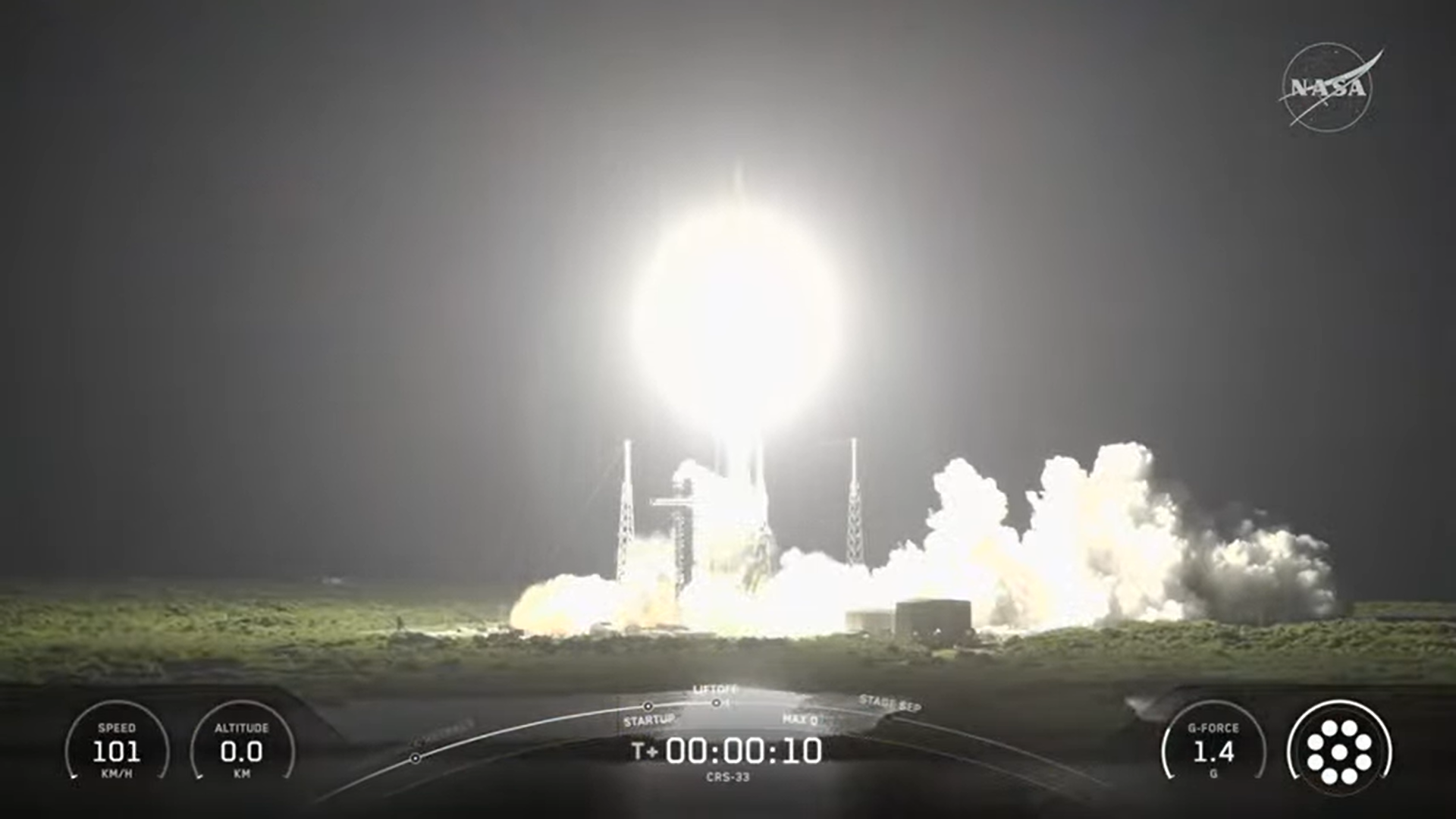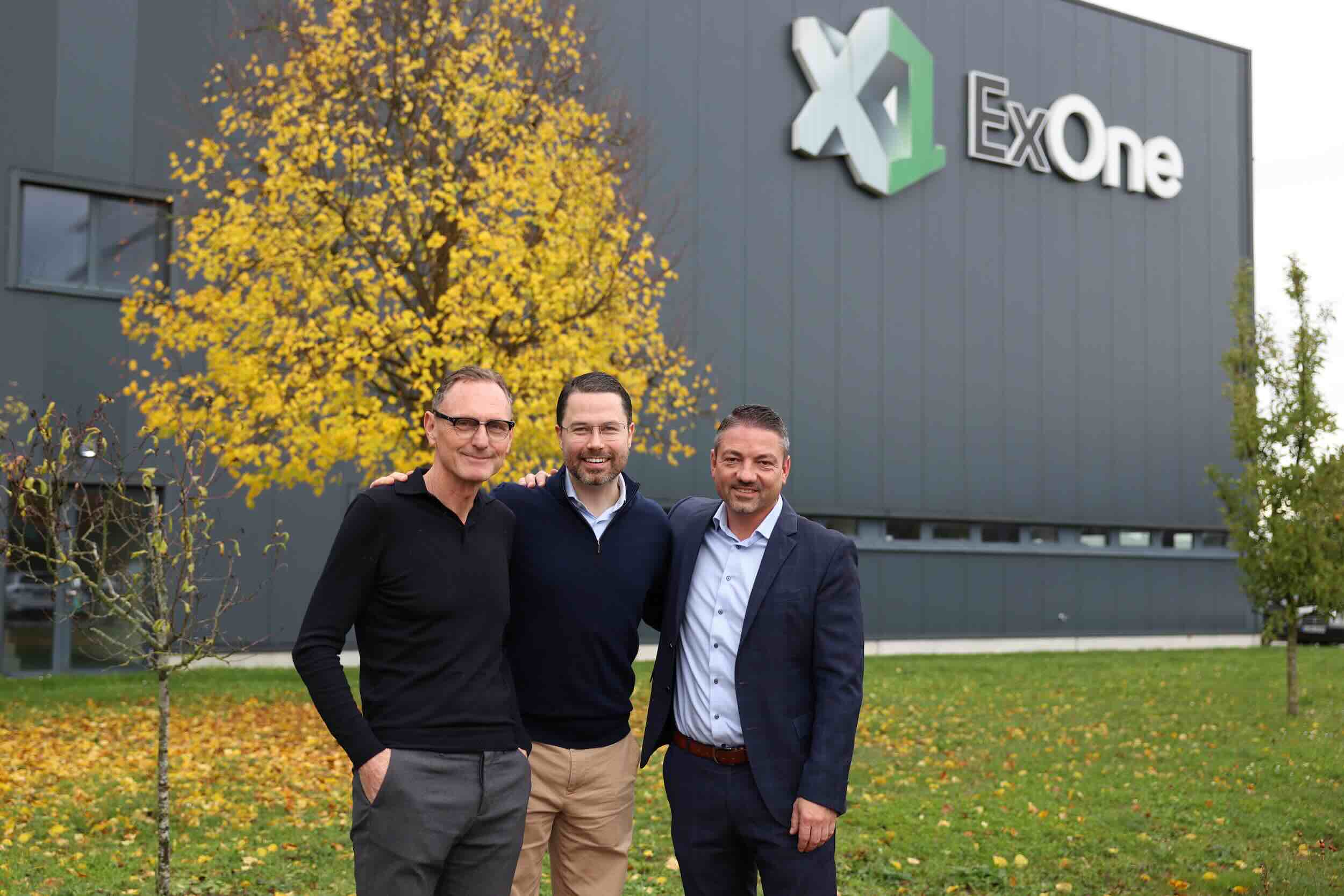The future of 3D printing has taken a significant leap forward with researchers successfully developing a new method for detecting and predicting defects in 3D printed materials in real time. This ground-breaking approach, which combines advanced diagnostic tools and machine learning, could transform additive manufacturing by ensuring higher quality and reliability in printed components.
Scientists from the US Department of Energy and the University of Virginia have created a system that can detect the generation of pores—a common type of defect in metal 3D printing—with near-perfect accuracy on a sub-millisecond timescale. This development addresses one of the most significant barriers to the widespread adoption of 3D printing for critical applications.
Advancing 3D Printing Defect Detection
The research team used a combination of high-speed synchrotron X-ray imaging and thermal imaging to study the 3D printing process at the microscopic level. Their focus was on a common 3D printing technique called laser powder bed fusion, where a high-power laser melts metal powder to create three-dimensional objects layer by layer.
During this process, one of the major defects that can occur is the formation of keyhole pores. These structural defects form when an unstable vapor depression zone, known as a keyhole, collapses momentarily. When this happens, gas bubbles can pinch off from the keyhole tip and become trapped in the solidifying metal, compromising the performance of the printed parts.
The researchers discovered two distinct types of keyhole oscillation in titanium alloy (Ti-6Al-4V) during the printing process. The first type, called intrinsic oscillation, occurs in both stable and unstable keyholes but does not lead to defects. The second type, termed perturbative oscillation, only occurs under unstable conditions and is responsible for keyhole porosity generation.
“The distinct frequencies of these oscillations allow us to detect the keyhole pore generation events with high fidelity and high resolution,” explained one of the lead researchers. “We can now identify exactly when a pore forms during the printing process on timescales of less than a millisecond.”
Machine Learning Makes Real-Time Detection Possible
The breakthrough came when researchers correlated the X-ray images of the sample interior with thermal images of the melt pool. They discovered that the formation of a keyhole pore creates a distinct signal at the material’s surface that can be detected by thermal cameras.
Using this knowledge, they trained a machine learning model with X-ray images to predict the formation of pores using only thermal imaging. When tested, the approach could detect the exact moment a pore formed during the printing process with 100% accuracy.
This method provides a practical way to monitor 3D printing processes in real time without the need for expensive and complex X-ray imaging equipment. Many 3D printing machines already have thermal imaging sensors that monitor what’s being built, but they often miss the formation of pores. The new approach can be implemented using these existing sensors, making it accessible for industrial applications.
Expanding Applications for 3D Printing
The development of this detection method will expand the use of additive manufacturing in aerospace and other industries that rely on high-performance metal parts. Industry now uses 3D printing to make everything from rocket engine nozzles to pistons for high-performance cars to custom-made orthopaedic implants.
“New advanced diagnostic tools to detect and potentially repair defects will expand the use of additive manufacturing in industries where part quality is critical,” said a researcher involved in the project. “The goal is to create a system that not only detects defects but enables repairs during the printing process.”
The researchers demonstrated that their approach can be implemented in two practical ways: by calibrating the time stamps for better prediction accuracy or by training the machine learning model using well-calibrated simulations. Both methods showed high prediction accuracies when tested on experimental data.
About Manufactur3D Magazine: Manufactur3D is an online magazine on 3D Printing. Visit our Tech News page for more updates on 3D Printing Technology News. To stay up-to-date about the latest happenings in the 3D printing world, like us on Facebook or follow us on LinkedIn and Twitter.












